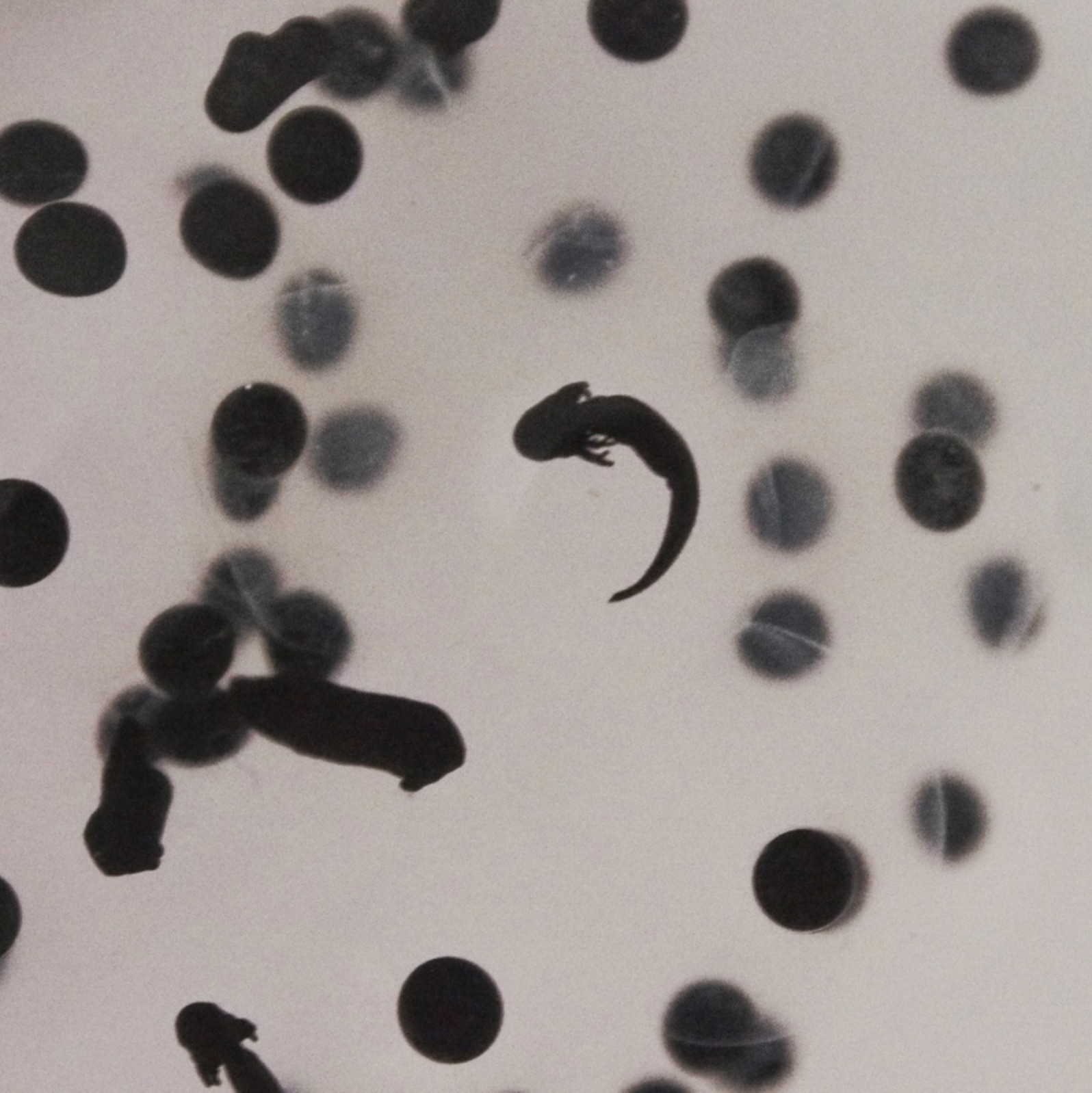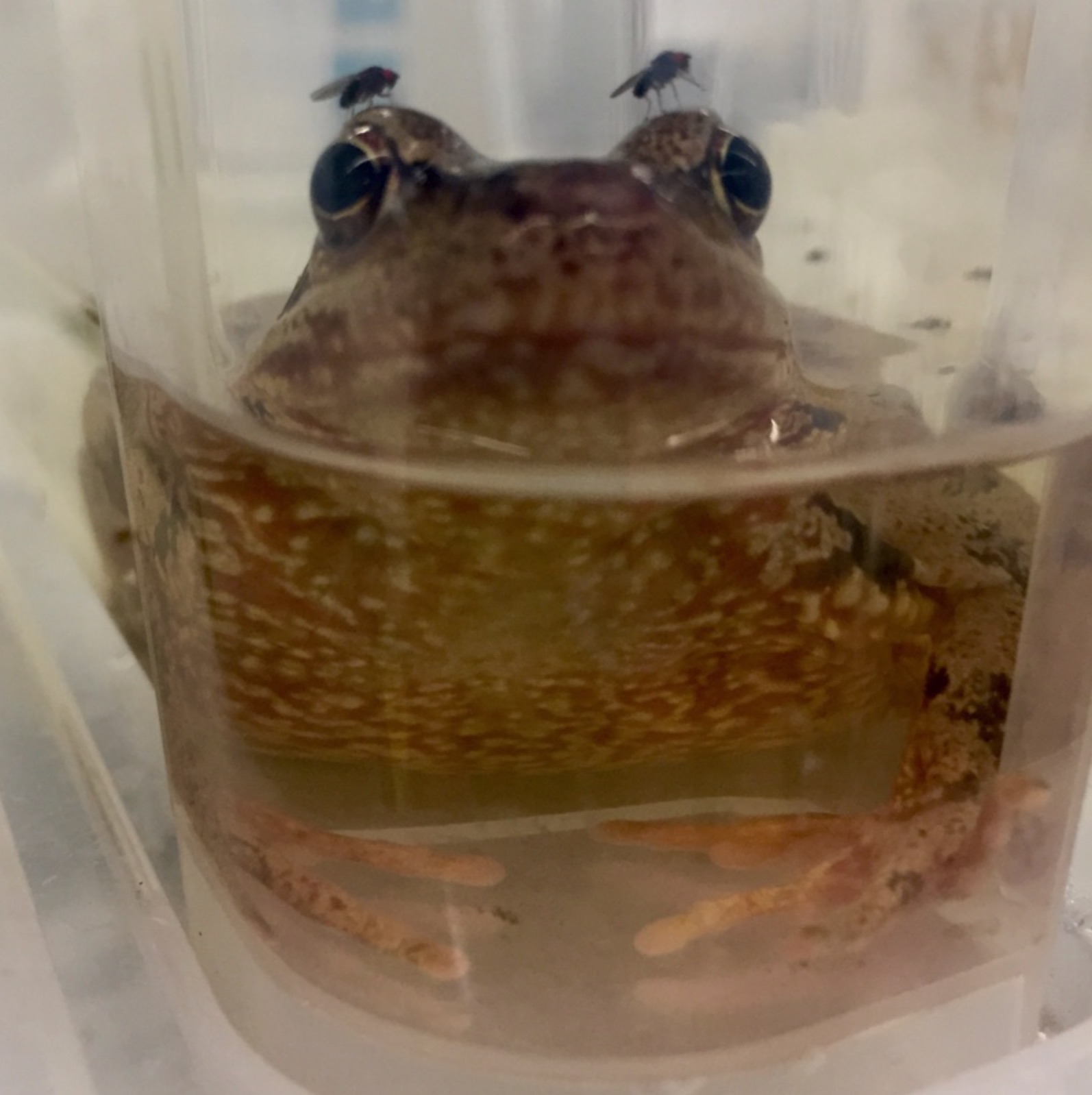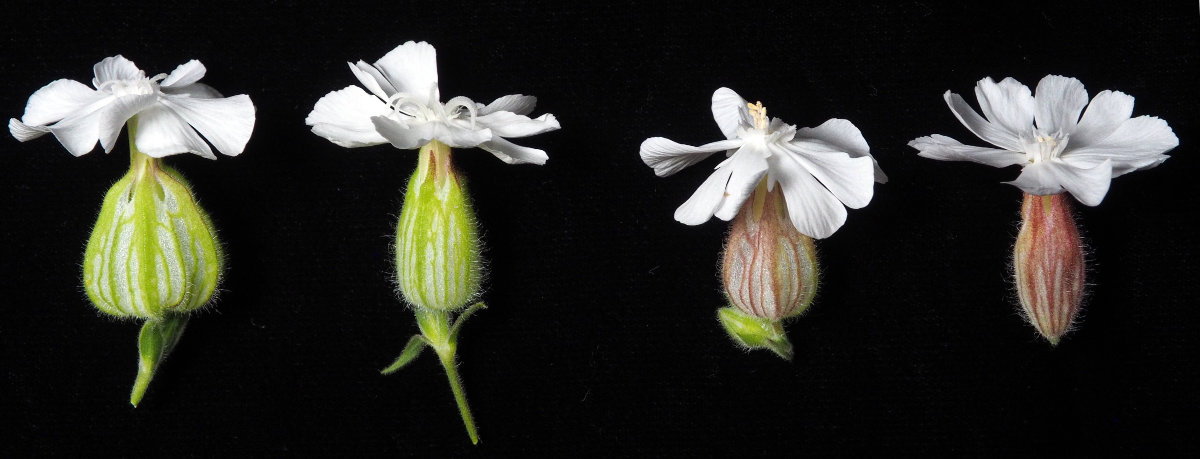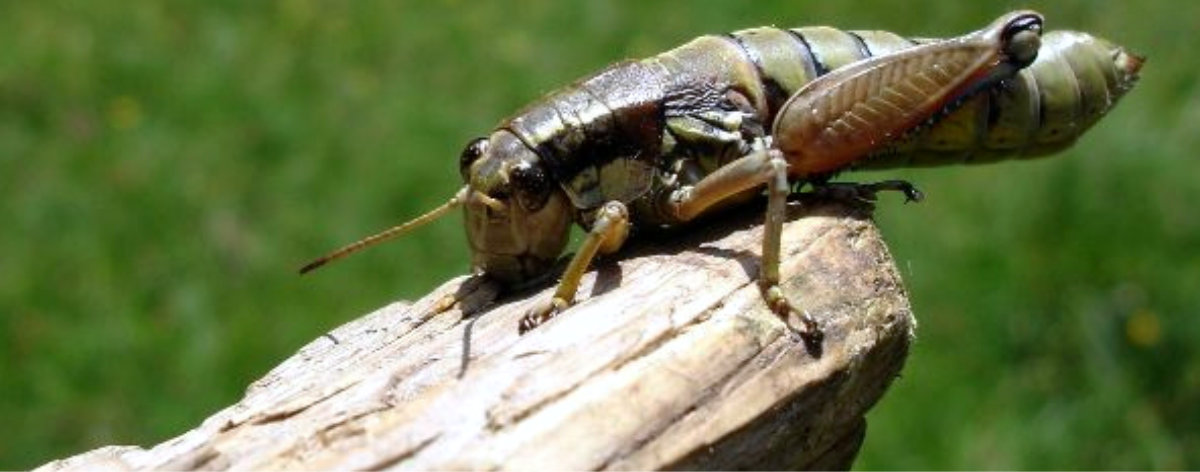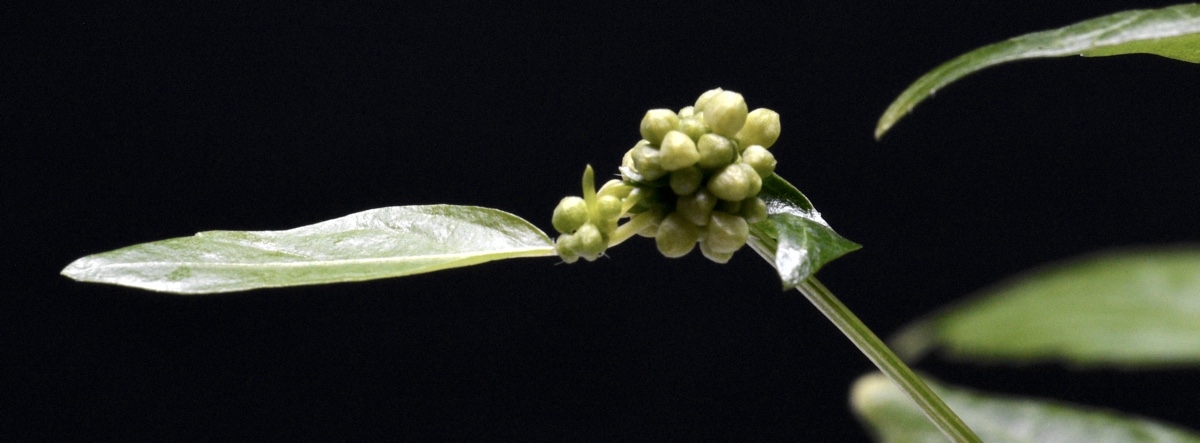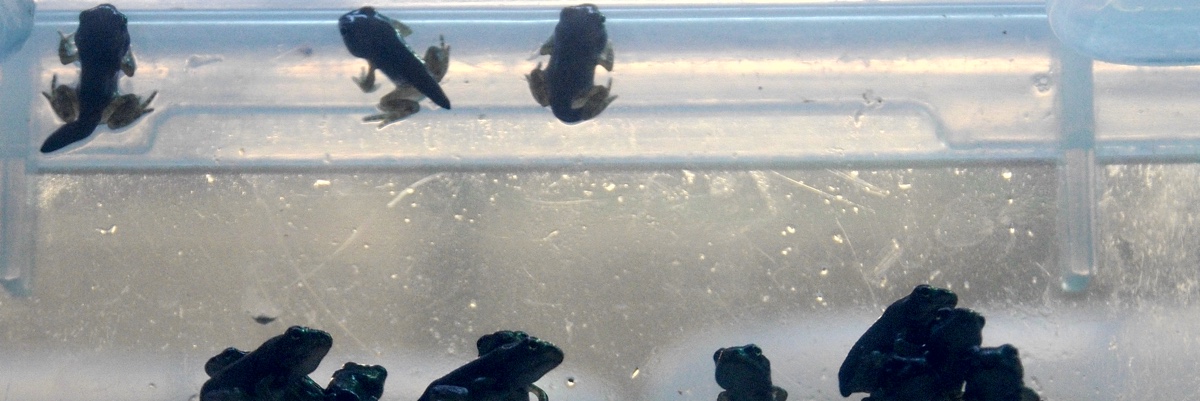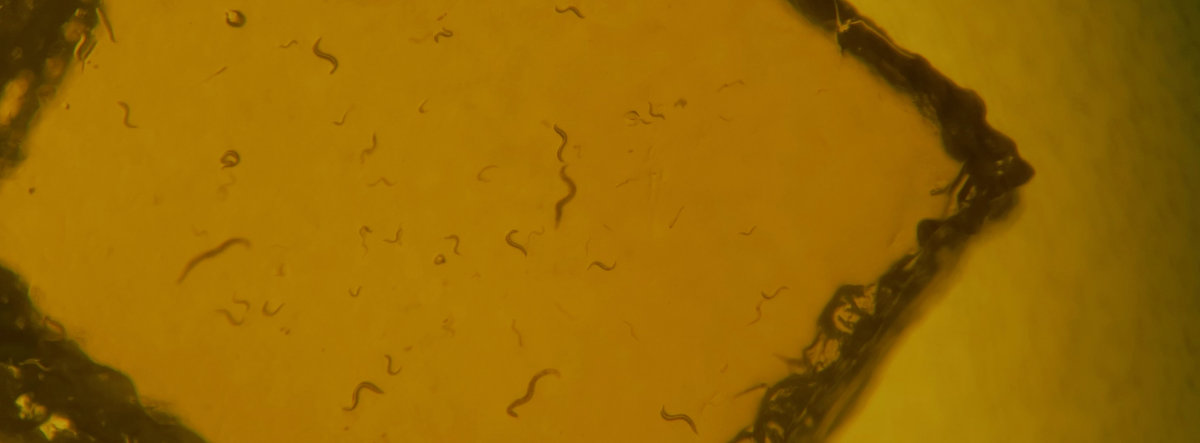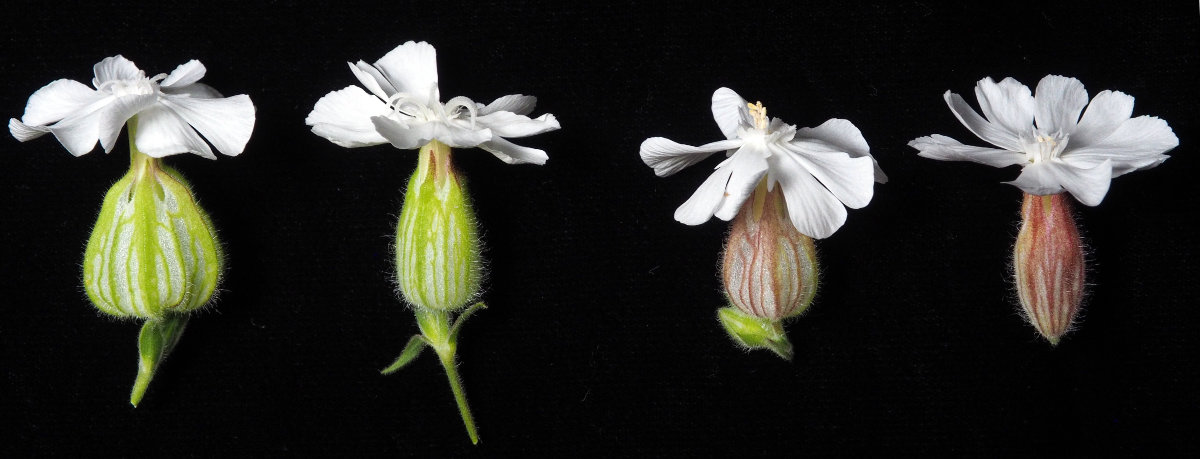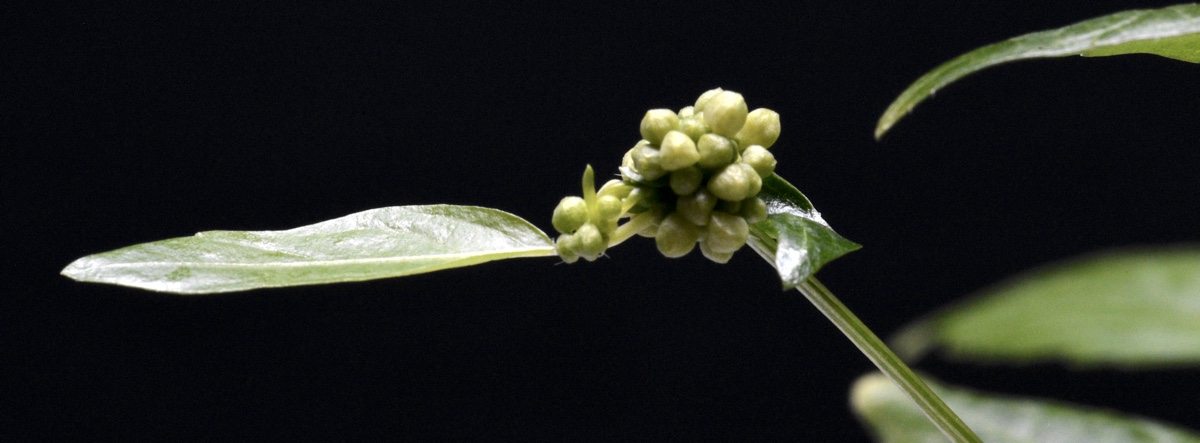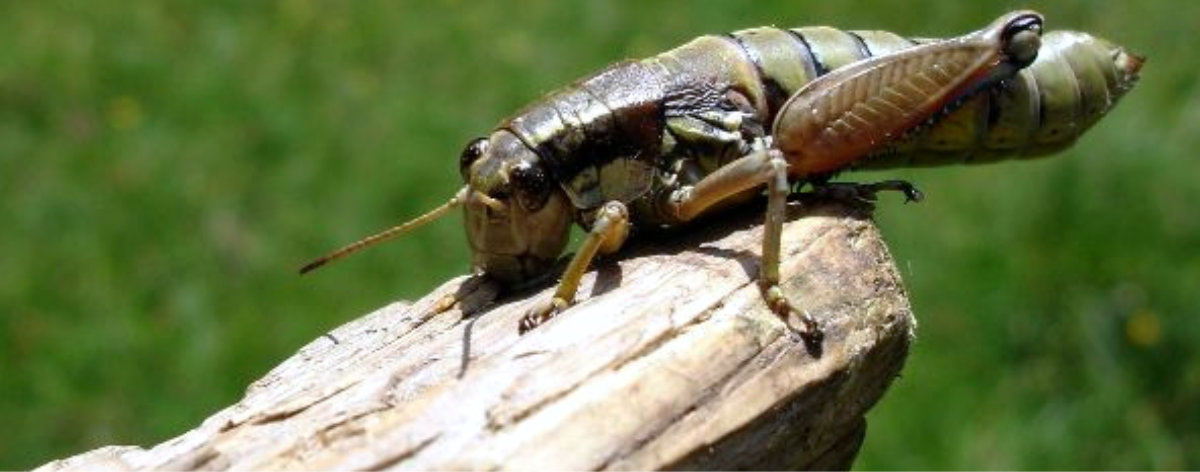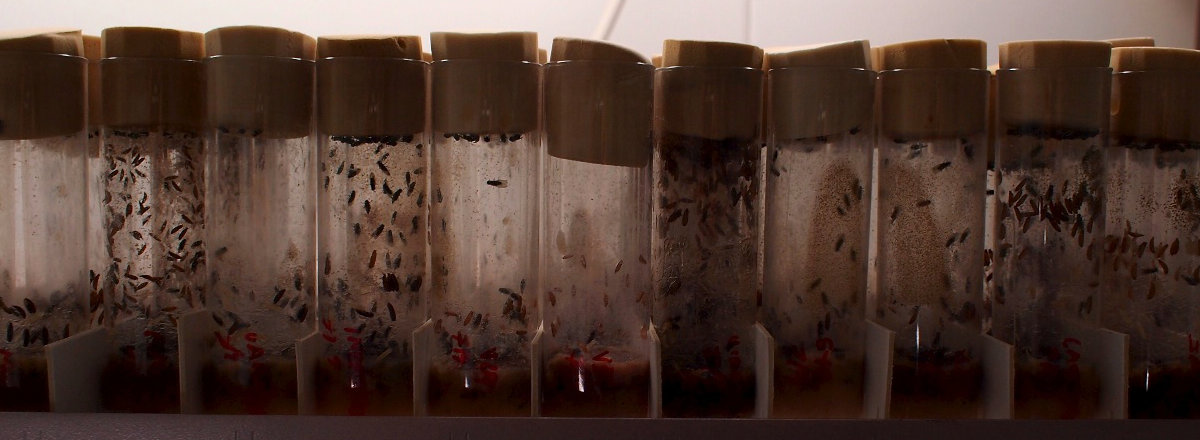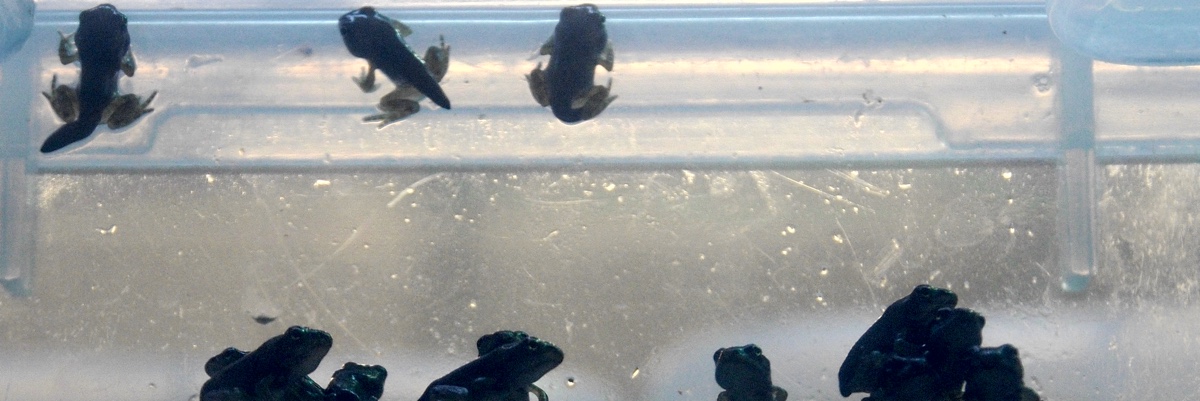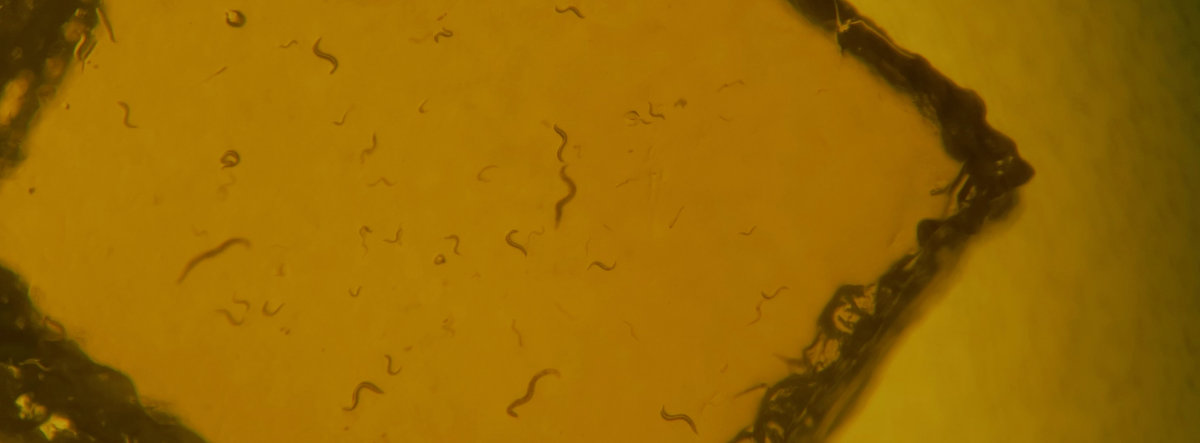Genetic differentiation analysis using haploid embryos
Sequencing of only the Y chromosome is possible through the generation of haploid embryos in frogs.
It is possible to UV irradiate frog eggs to destroy their DNA, and fertilise them with healthy sperm. Some of the resulting haploid embryos develop for sufficient time to provide sufficient DNA for high coverage sequencing.
This material is very useful to obtain haplotype information over the whole chromosome, which is particularly useful in the context of homomorphic sex chromosomes which are difficult to distinguish at the sequence level.
We aim to use this approach to characterise the X and Y chromosomes in Rana temporaria.
In collaboration with Wen-Juan Ma.
